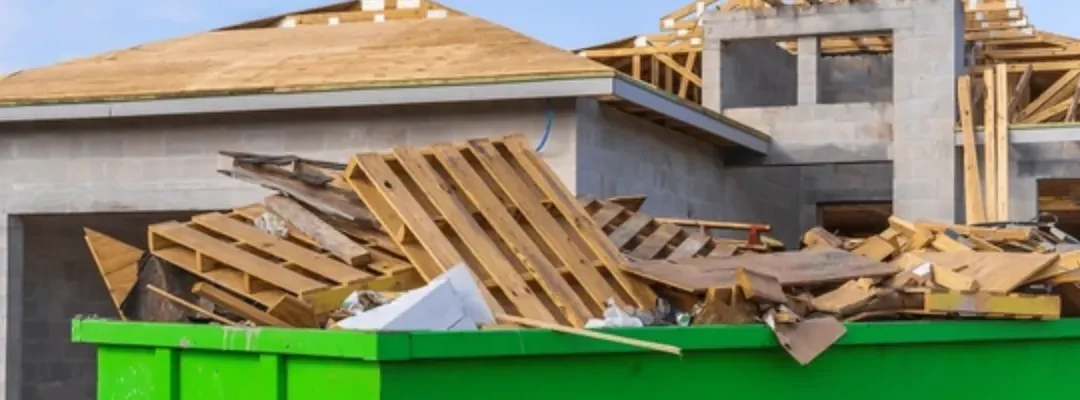The construction industry generates an estimated 600 million tons of waste in the U.S. annually—double the amount of municipal solid waste. In 2025, eco-conscious construction is no longer optional. Clients, regulators, and stakeholders are demanding sustainable practices, and managing construction waste responsibly is a major part of that equation.
Whether you’re building a home or a high-rise, here’s how to reduce, recycle, and responsibly dispose of construction waste for a greener jobsite.
1. Create a Construction Waste Management Plan (CWMP)
Start by developing a site-specific CWMP before any ground is broken.
Key components:
- Identify types of expected waste (wood, drywall, concrete, packaging, etc.)
- Set waste reduction goals
- Assign responsibilities for sorting and tracking
- Choose disposal, recycling, or reuse strategies
Pro Tip: Submit your CWMP to clients and local authorities to demonstrate accountability and compliance.
2. Design for Deconstruction and Material Efficiency
Reduce waste before it’s even created.
- Use modular construction or prefabricated components
- Avoid over-ordering materials—use takeoff software for accuracy
- Opt for multi-use materials (e.g., structural insulated panels)
- Design with future disassembly in mind to enable reuse
3. Separate and Sort On-Site Waste
Mixed debris is harder to recycle. Sort waste into categories at the source:
- Wood
- Concrete and masonry
- Metals
- Plastics
- Cardboard and paper
- Hazardous waste (paint, solvents, asbestos)
Suggestion: Color-code bins and place signage to make sorting intuitive for workers.
4. Reuse Materials Where Possible
Don’t toss what you can repurpose.
Examples of reusable materials:
- Bricks, lumber, fixtures, doors, windows
- Clean concrete for backfill or road base
- Leftover paint for undercoats
Bonus: Partner with local salvage yards or donate usable items to nonprofits like Habitat for Humanity ReStore.
5. Recycle Construction Debris Responsibly
Work with certified C&D (construction and demolition) recyclers.
- Track materials and diversion rates
- Ask for LEED-compatible documentation if pursuing green certification
- Look for services that provide detailed waste audits and reports
6. Limit Hazardous Waste and Dispose of It Properly
Construction often involves hazardous materials, such as:
- Lead-based paint
- Asbestos
- Treated wood
- Batteries or electronics
Follow local and federal regulations (e.g., EPA guidelines) for safe disposal. Train your crew on handling procedures and store hazardous waste in clearly labeled containers.
7. Educate and Incentivize Your Team
A great plan fails without execution.
- Host toolbox talks on green jobsite practices
- Post metrics on waste reduction progress weekly
- Offer rewards for team members or subcontractors who hit diversion goals
8. Track and Report Waste Metrics
Use construction management platforms (e.g., Green Halo, WasteLogics) to:
- Track disposal volumes and costs
- Monitor recycling rates
- Generate compliance reports for LEED, BREEAM, or local mandates

